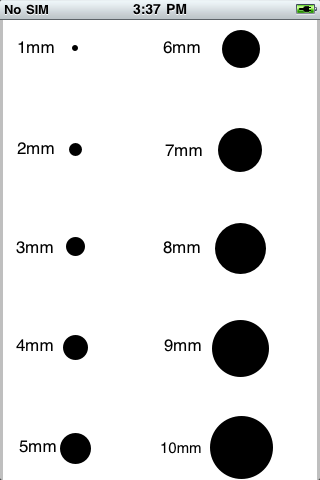
After about 10 minutes in a darker place, your rods finally catch up and take over. The cones do this quickly – after about five minutes, their sensitivity maxes out. Your photorecepters start to improve their sensitivity, to soak up whatever light they can in the new dim conditions. If you flip off the lights, your pupil will immediately open up. When you’re in bright light, your rods are completely overwhelmed and don’t work. You can see in the dark, or at least in very low light. That’s why you can’t read a book in the dark, though you might see its rectangular shape.Īs you move from a brightly lit area to a dark one, your eyes automatically change from using the cones to using the rods and you become far more sensitive to light. They also pool their responses together when needed – that makes you more sensitive to light, but also means you’re less able to see fine details. Rods, on the other hand, are far more sensitive to light and incapable of discriminating colors. They also allow you to see fine detail and do things like read when the light is bright enough. They’re able to respond to different colors of light, providing color vision. The two kinds of photorecepters are called cones and rods, named because of their shapes.Ĭones work when there is plenty of light. These are the light-sensing cells that line your retina, the back part of your eyeball. Designua/ Switching to different light sensors

Light enters the eye through the pupil (on the left) and hits the retina, which is covered with light-sensitive rod and cone cells.


 0 kommentar(er)
0 kommentar(er)
